Climate Change Science
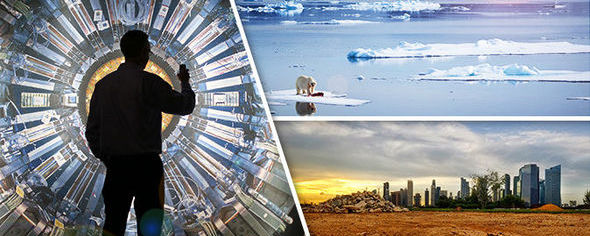
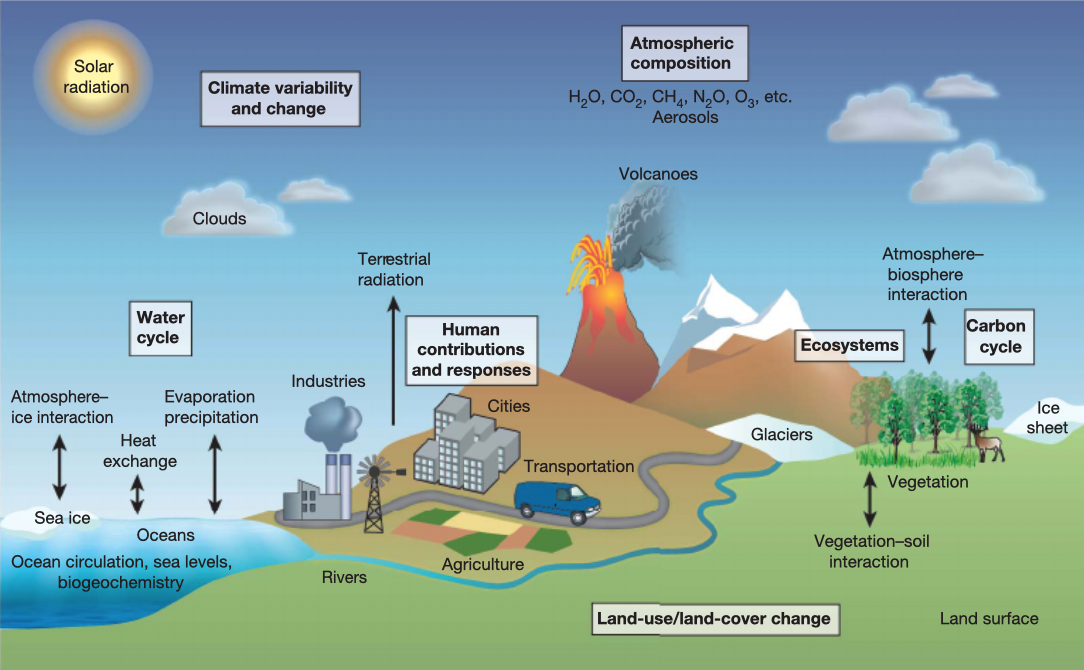
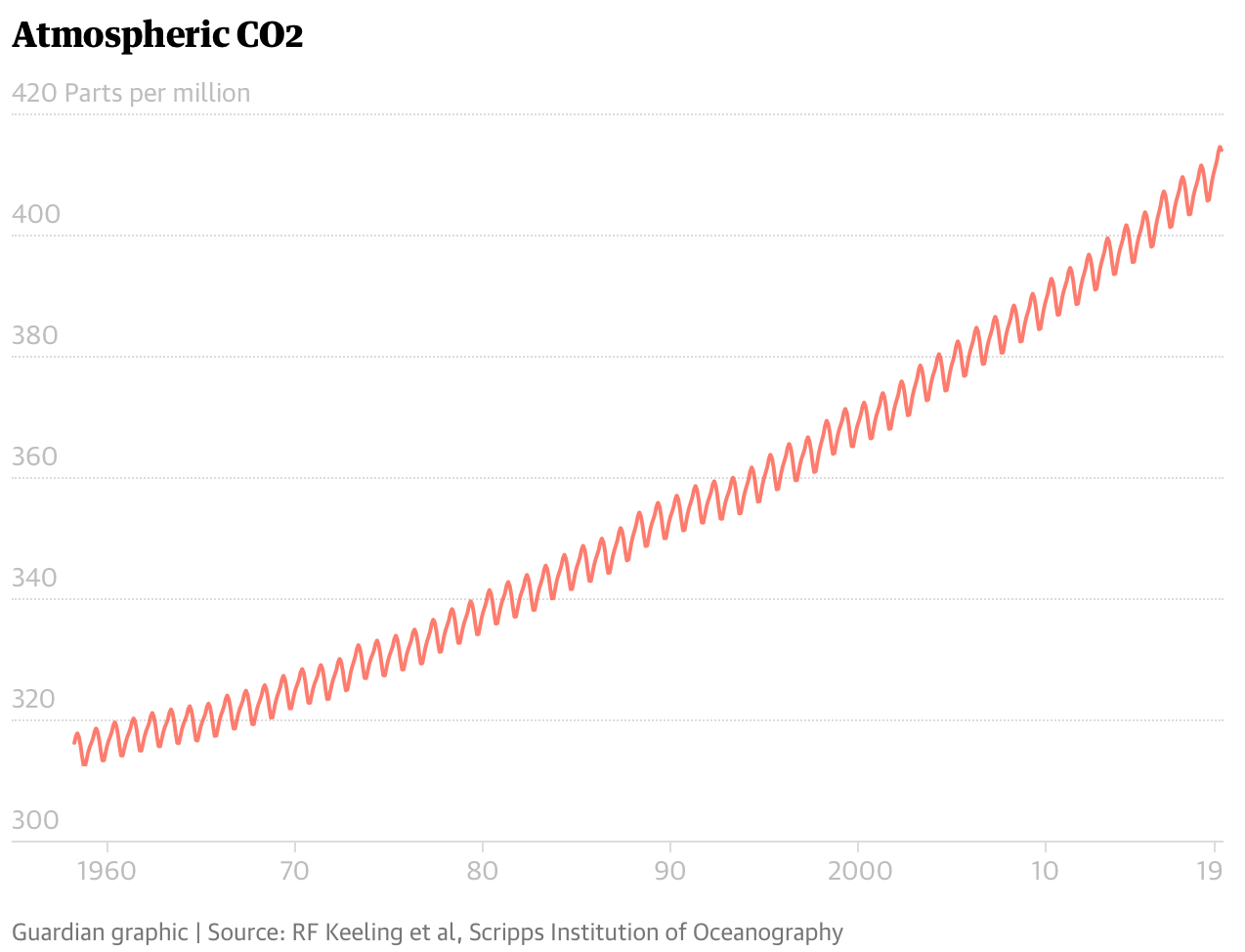
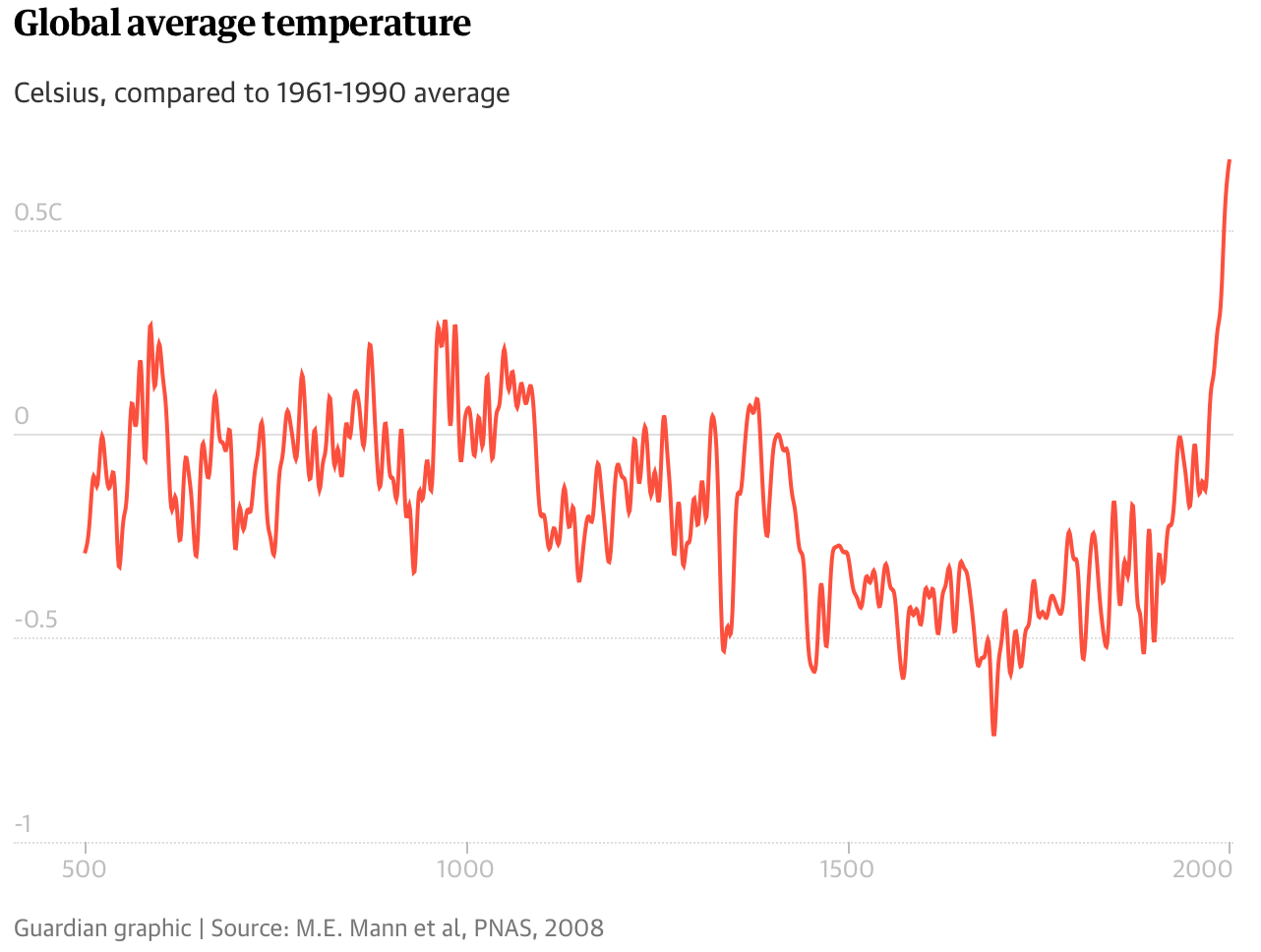
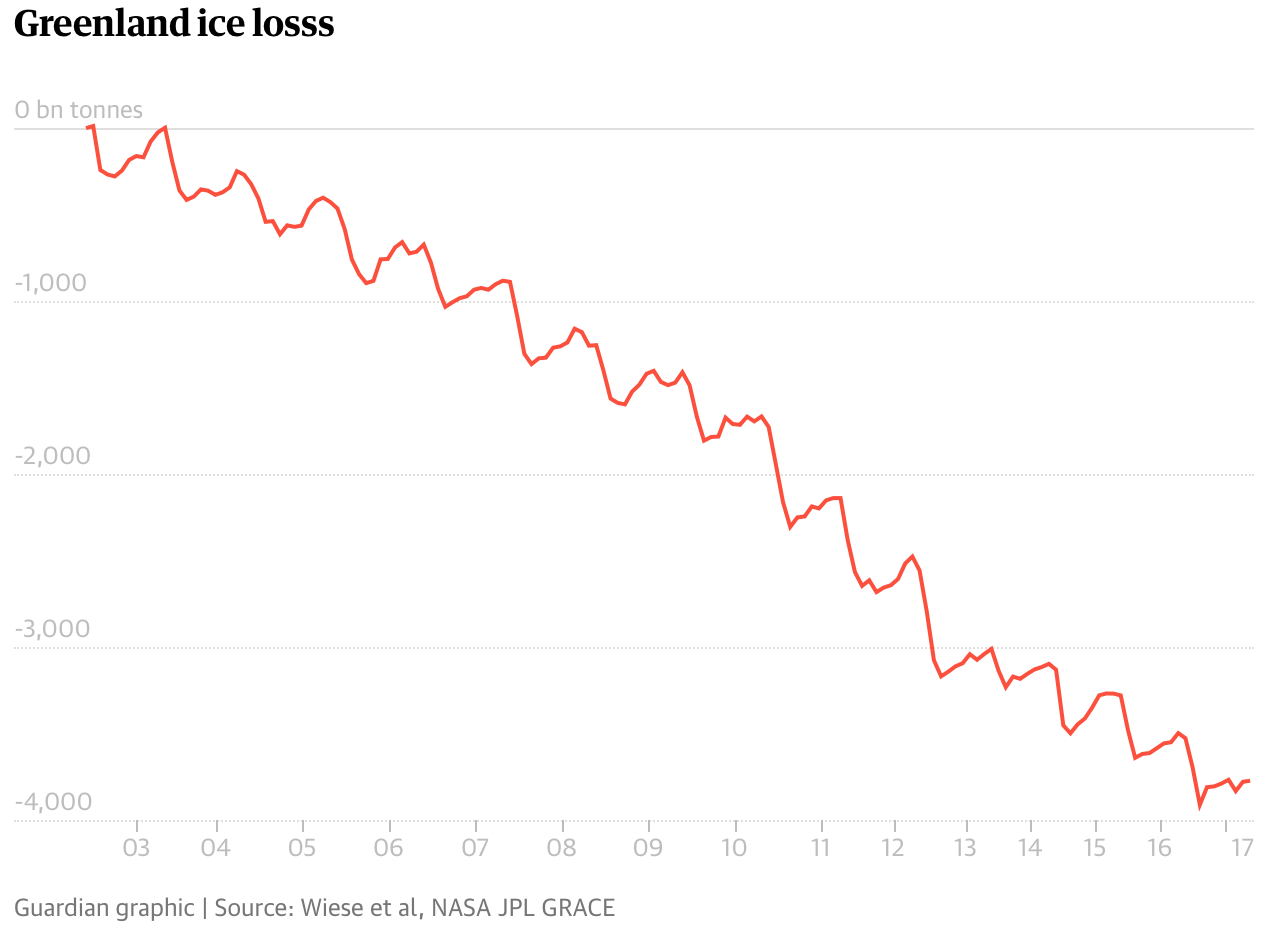
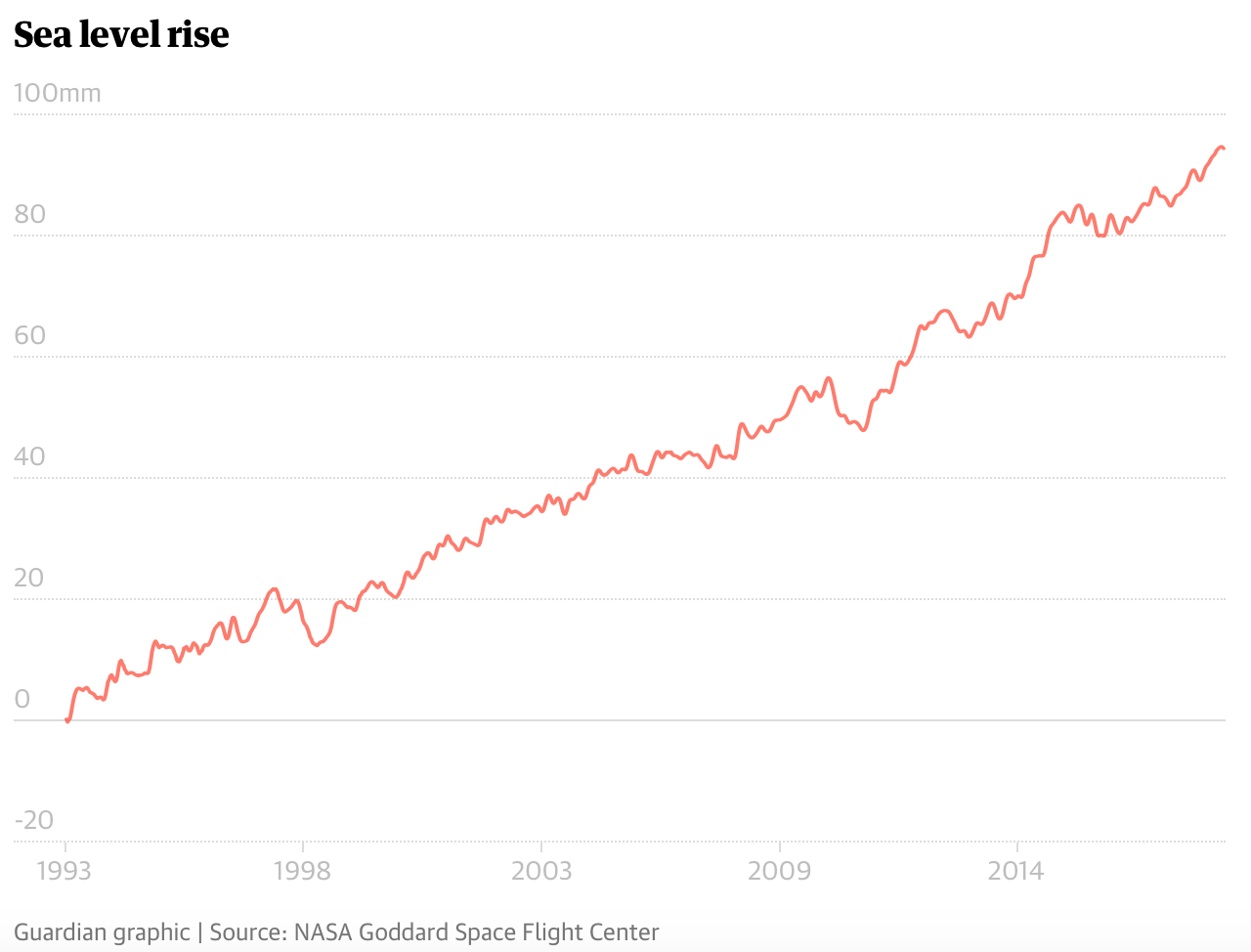
Earth’s Climate System
The Earth’s climate results from interactions between many processes including the hydrosphere – oceans and atmospheric and terrestrial (land dwelling) water, the cryosphere (ice and snow), the biosphere (animals and plants), the pedosphere (soil), and the lithosphere (the Earth’s crust and upper mantle). Natural and anthropogenic (human) activities and impacts can change the Earth’s climate
As temperatures rise, some areas will have more extreme weather more often, some will get wetter, some drier, and lots of animal species - including humans - could find they’re not able to adapt to their changing climate.
A 1°C increase represents large scale disruption in global atmospheric and oceanic cycles, and causes a significant sea-level rise. Sea levels around the world have risen nearly 20cm (7.8 inches) since 1901, swallowing entire islands and creeping closer to populated areas of great coastal cities. Extreme weather events like hurricanes, floods, and droughts are becoming more frequent and intense.
Climate Change Evidence
The Intergovernmental Panel on Climate Change (IPCC), the United Nations Environment Program’s climate body, has said for over a decade that there is “unequivocal” evidence that the planet is warming, and that the temperature increase is “very likely” due to human-made greenhouse gas emissions.
The evidence includes:
- direct temperature measurements on land.
- changes in the dates when lakes and rivers freeze and their ice melts.
- a reduction in the amount and area of snow cover in the Northern Hemisphere.
- a reduction in glaciers.
- extended growing seasons of plants.
- changes in the heat stored in the ocean.
- changes in rainfall patterns, resulting in more floods, droughts and intense rain.
- biological changes, such as - shifts in the ranges of some plant and animal species, earlier timing of spring events such as leaf-unfolding, bird migration and egg-laying for some species.
Together, these indicators provide clear evidence that the climate is changing.